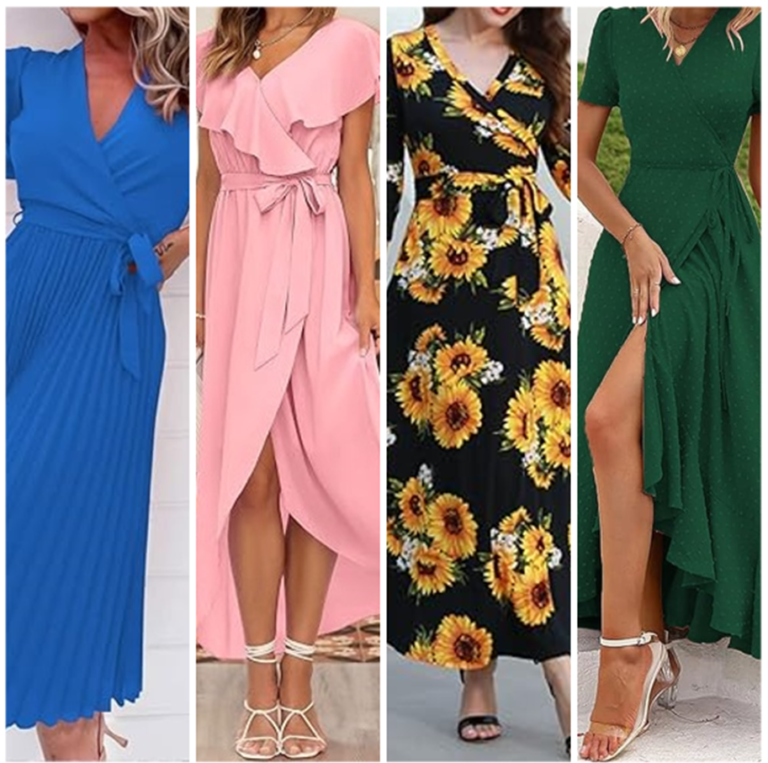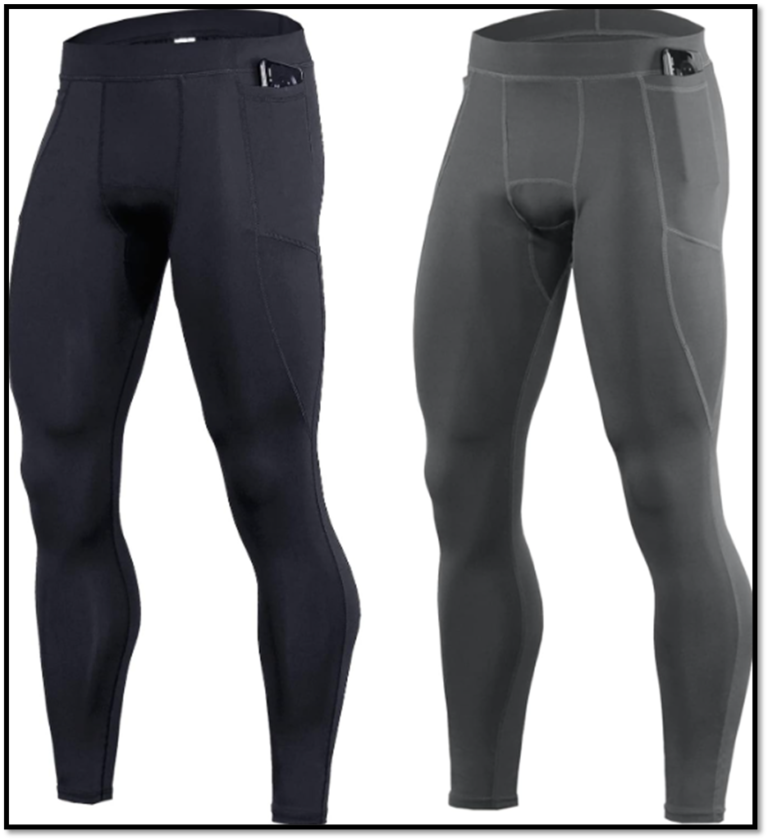A Guide to Identifying High-Quality Cashmere: Spotting the Best
Many people like to wear cashmere, a luxury fabric. Still, not all cashmere is made comparable. Learning how to identify high-quality cashmere is significant. Here are a few suggestions to help you select the ideal cashmere.

Look for the Fiber Source
High-quality cashmere is derived from particular goats. These goats flourish in colder areas, particularly in Mongolia and China. The finest cashmere is taken from these animals’ undercoats. Always check the label to guarantee that the cashmere was sourced from reliable places.
Check the Fiber Length
The length of the cashmere fibers is important. Longer fibers produce a smoother, softer fabric. Shorter fibers tend to pill more easily. Longer, finer threads that feel velvety on the skin are indicative of high quality cashmere.
Feel the Texture
When considering cashmere, texture is really important. High quality cashmere is extremely smooth and silky. Run your fingertips across the fabric. It should feel smooth with no scratchiness. If it feels scratchy or coarse, it might not be high-quality cashmere.
Assess the Weight
Weight can also represent quality. High quality cashmere is thick and hefty for its size. The density indicates that the fibers are closely knit. A lightweight cashmere may be manufactured with lower-quality fibers, affecting its warmth and longevity.
Examine the Fabric Structure
The structure of the cashmere fabric is important. High quality cashmere has a tight, uniform weave. Inspect the fabric closely. Look for any irregularities, such as loose threads or uneven textures. A well-constructed piece indicates higher quality.
Check for Pilling
Pilling is a typical problem with cashmere. However, high-quality cashmere should be more resistant to pilling than inferior grades. After wearing a cashmere item, check for pills. If you notice extensive pilling, it could be a symptom of low-quality cashmere.
Look for the Cashmere Content
Always check the label for cashmere. High-quality cashmere should have at least 90% cashmere fibers. Some clothes may combine cashmere and other fabrics, such as wool or synthetic fibers. Higher cashmere content usually implies better quality.
Pay Attention to Color
Color can have an impact on cashmere quality. Natural dyes are frequently used to dye high-quality cashmere yarn. This method produces more brilliant hues. If the color appears to be too brilliant or unnatural, it may suggest low-quality cashmere.
Consider the Price
High-quality cashmere comes at a price. While prices can vary, extremely low prices may indicate poor quality. Investing in high-quality cashmere is often worthwhile. Quality cashmere lasts longer and feels better against the skin.
Check for Certifications
Some cashmere products come with certifications. These certifications guarantee that the cashmere meets specific quality standards. Look for labels that indicate sustainable or ethical sourcing. Certifications can provide additional assurance of high-quality cashmere.
Look for Brand Reputation
Reputable brands often have a history of quality. Research brands known for producing high-quality cashmere. Established brands usually prioritize craftsmanship and sourcing. Customer reviews and recommendations can also help identify quality brands.
Examine the Return Policy
A good return policy can reflect trust in the product’s quality. Brands that provide easy returns are frequently more trustworthy. If a firm stands behind its cashmere products, the cashmere is most likely of great quality. Before making a purchase, check the return policy.
Ask About Care Instructions
High-quality cashmere demands special care. Brands should include clear care instructions. High-quality cashmere is often hand washed or dry cleaned. If the care instructions are ambiguous or nonexistent, it may indicate poor quality.
Watch for Transparency
Brands that are transparent about their manufacturing method are typically more trustworthy. Look for brands that provide details about their sourcing and manufacture. Transparency can demonstrate a dedication to high-quality cashmere and ethical processes.
Inspect the Stitching
The stitching on a cashmere garment reveals a lot. High-quality cashmere has neat and even stitching. Check the seams and hems for consistency. Poor stitching may indicate inferior craftsmanship and lower-quality cashmere.
Look for Test Swatches
Some retailers provide test swatches of cashmere. These samples allow you to feel the quality before you buy. If feasible, request a swatch to determine softness and texture. This firsthand experience can help you make your decision.
Check for Weight Variation
High-quality cashmere clothes should be consistent in weight. If a garment seems too light or heavy, it might not be composed of high-quality cashmere. Check that the weight seems adequate for the intended function, whether for layering or warmth.
Consider the Style and Design
Well-designed cashmere garments frequently represent superior quality. Look for careful details like exquisite cutting and finishes. High-quality cashmere garments are typically ageless and adaptable.
Be Cautious of Deals
Beware of cashmere that seems too good to be true. Extremely discounted prices can indicate lower quality. Always research and compare prices before making a purchase. A high-quality cashmere item is an investment.
Trust Your Instincts
Finally, trust your instincts. If a cashmere item doesn’t feel right, it probably isn’t. Your comfort and satisfaction should guide your choice. High-quality cashmere should always feel luxurious and special.
Choosing the Best Cashmere
Finding high-quality cashmere requires serious consideration. Look for specific indicators, such as fiber source, texture, and construction. Pay attention to labels and certificates, and believe your perception. Follow these tips to ensure that your cashmere purchases are of the finest quality. Enjoy the luxurious feel that high-quality cashmere offers.
RQ’s
What makes cashmere “high-quality”?
How can I tell if cashmere is soft enough?
Does fiber length really matter in cashmere quality?
Are certain regions better for high-quality cashmere?
How can I tell if cashmere will last?






